Shoulder pain and AC joint injuries are common in the sports industry. Such conditions are usually experienced as a result of a direct blow or fall on your shoulder.
 Fortunately, after seeking medical assessment, there are various self-care treatments like Kinesiology Taping which can help support pain and normalize the function of the shoulder especially during the early stages of recovery.
Fortunately, after seeking medical assessment, there are various self-care treatments like Kinesiology Taping which can help support pain and normalize the function of the shoulder especially during the early stages of recovery.
In this article, we’re going to discuss about shoulder pain and show you proper kinesiology taping steps for this type of condition.
The Shoulder
The shoulder is a large and complex joint in the human body. It is made up of three major bones that meet to create a 90 degree angle:
- Scapula
- Clavicle
- Humerus
Of which these bones’ junctions form three joints:
- Acromioclavicular (AC) joint)
- Sternoclavicular joint
- Glenohumeral joint
The shoulder is vital for various actions of the arms and hands such as pulling, lifting , pushing, carrying, etc.
Kinesiology Taping for Shoulder Pain
Checkout this video by Physiotherapist and Kinesiology Taping expert Mr. Adam Collyer, on how to easily kinesiology tape for shoulder pain:
[youtube]https://www.youtube.com/watch?v=qRXZtbTRX3Y[/youtube]
Guide in Kinesiology Tape for Shoulder Pain
- Measure the tape to run from just below the neck down across the arm to about the level of the mid-biceps. In measuring the tape, make sure that the arm is elevated to about 45 degrees. This is because in this type of injury, our aim is to decompress the AC joint and since we often use the arm in an elevated position – it would be best to elevate your arm at a certain degree.
- Note: In measuring the tape, keep in mind that the tape will be longer when stretched.
- Cut the tape and trim the edges to ensure the tape wouldn’t easily peel off.
- Create an anchor tab, by folding a portion (about 1 ½ to 2 inches) at the edge of the tape, tearing along the fold line and then peeling the paper at the back.
- Elevate the shoulder to about 45 degrees then stick the anchor piece up on the shoulder, above the AC joint. Rub the anchor tab to let it stick effectively.
- With the shoulder still elevated, peel off most of the back tape leaving an inch of unpeeled tape. Line the tape along the AC joint, pull with about 50% tension then place it down over the arm. Pat and rub the tape to ensure it sticks to the skin and covers the shoulder effectively.
- Peel off the last piece then apply without any tension.
- Measure another piece of tape which is going to cross the AC joint horizontally. Take note that the arm must still be elevated at about 45 degrees. Application is from back to front.
- Cut the corners off same as the previous application.
- Create the anchor tab and remove the paper at the back.
- Stick the anchor piece on the back of the shoulder.
- Peel off gently the remaining back tape and leave a small unpeeled portion at the edge.
- Pull with about 75% tension and then stick the tape over the AC joint.
- Finally, peel off the remaining back tape then stick without tension.
Shoulder Pain
Shoulder pain refers to pain that is felt around or in the shoulder that is more pronounced when doing arm or shoulder movements. It can originate from the shoulder joint or from the tendons, ligaments or muscles surrounding it.
Possible Causes:
- Fracture (Broken Arm/Shoulder bone)
- Frozen Arm
- Instability
- Rotator Cuff Injury
- Arthritis, Osteoarthritis
- Bursitis, Tendinitis
- Poor Posture
Treatment:
- Rest and avoid activities that can aggravate the pain.
- Painkillers (e.g. ibuprofen) and ice packs to help relieve pain and reduce swelling.
- Physiotherapy
- Kinesiology Taping
- In some cases, surgery.
Got what you need?
If your answer is yes, please like and share this article so that others will learn about the benefits of Kinesiology Taping J Our goal at sportstrap.com.au is to educate and provide up-to-date and important information about the sports medicine industry. For your suggestions, comments and inquiries, please share them at the comments section below.

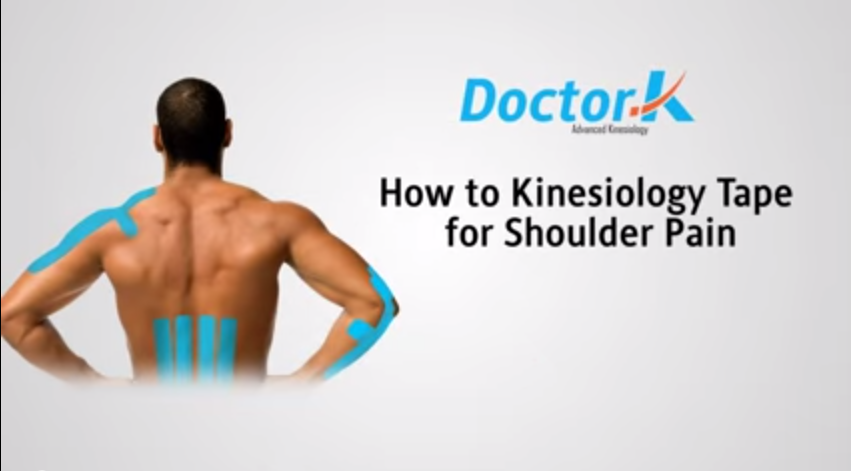
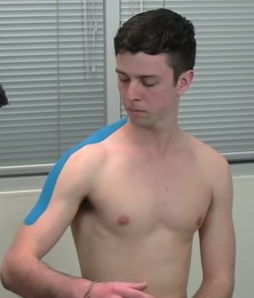
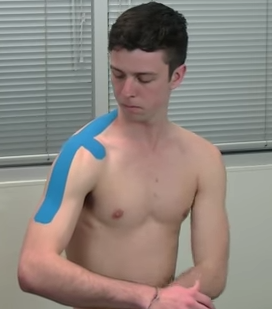

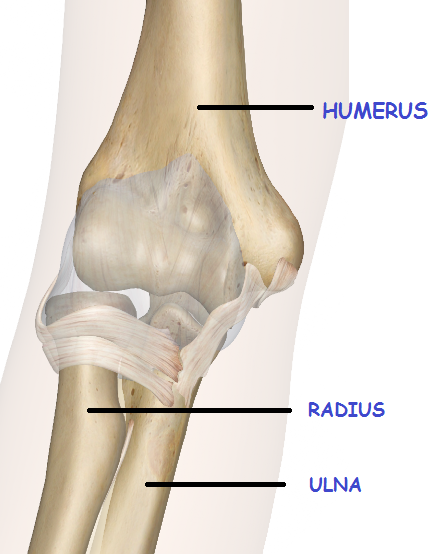



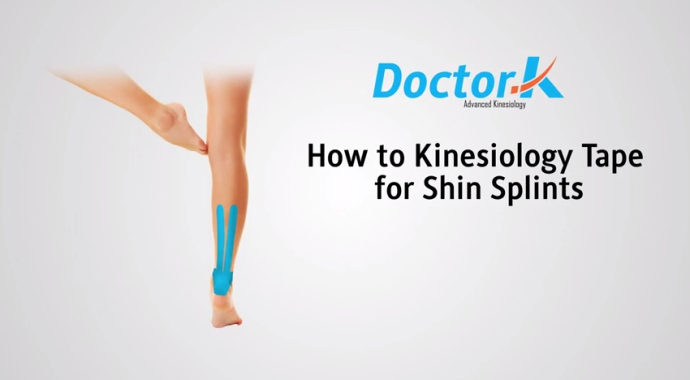
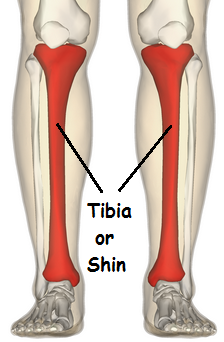
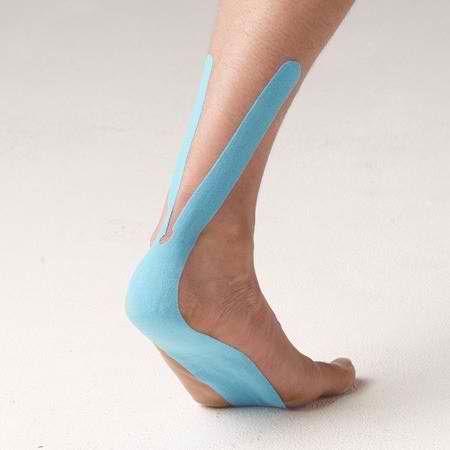
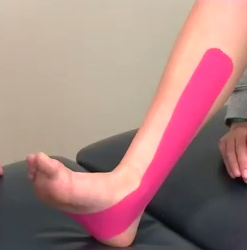
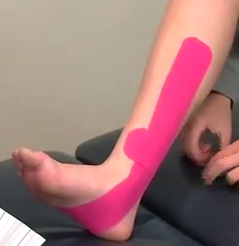
 shinbone that causes pain. Although the exact injury is not known, shin splints seem to result from the inflammation of the tendons, muscles and bone tissues of the shin. Shin splints are most common among runners and dancers.
shinbone that causes pain. Although the exact injury is not known, shin splints seem to result from the inflammation of the tendons, muscles and bone tissues of the shin. Shin splints are most common among runners and dancers.